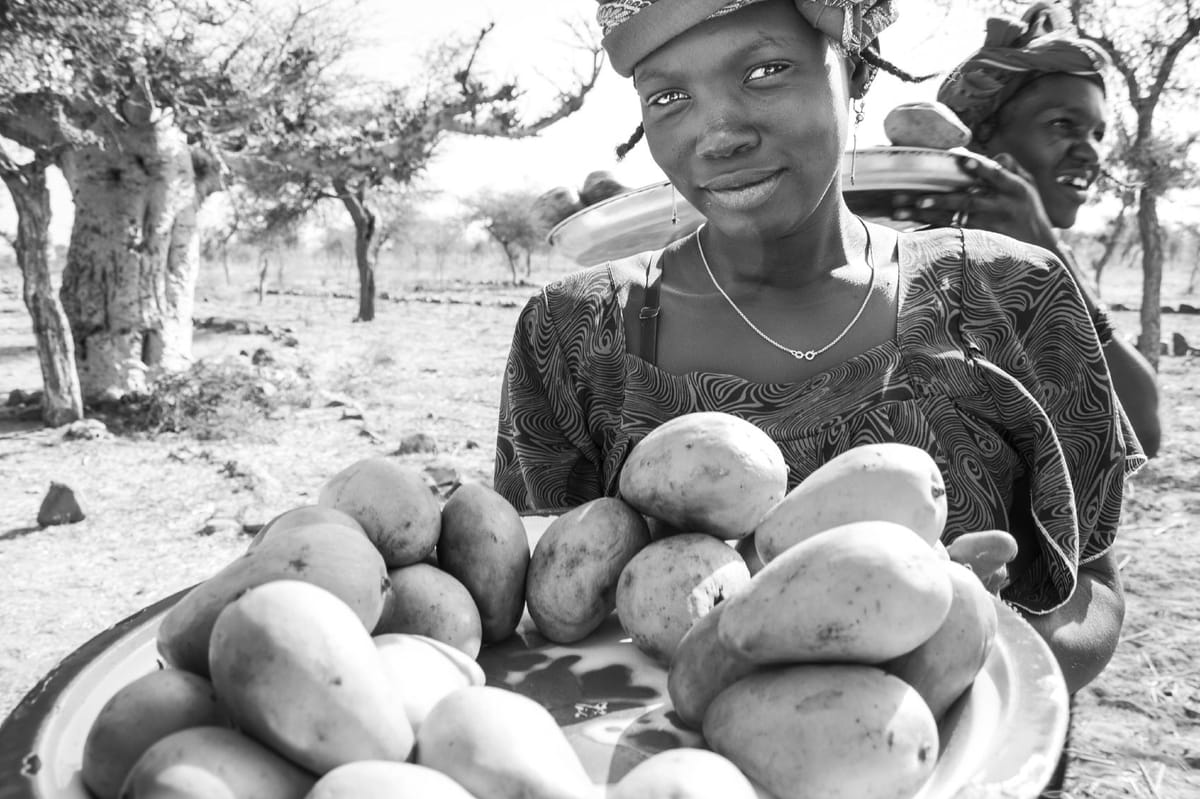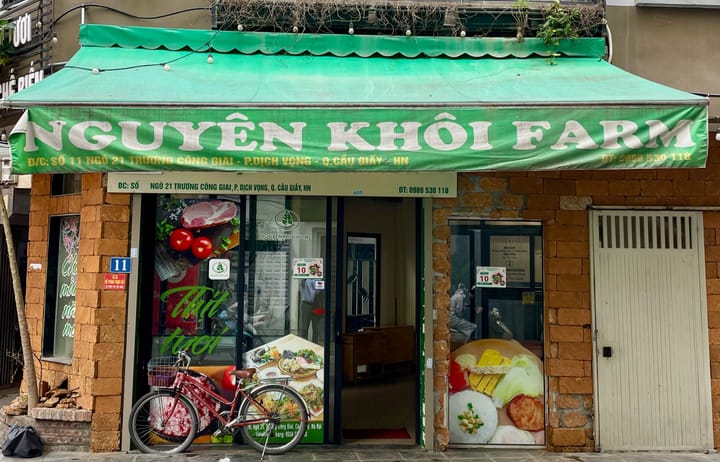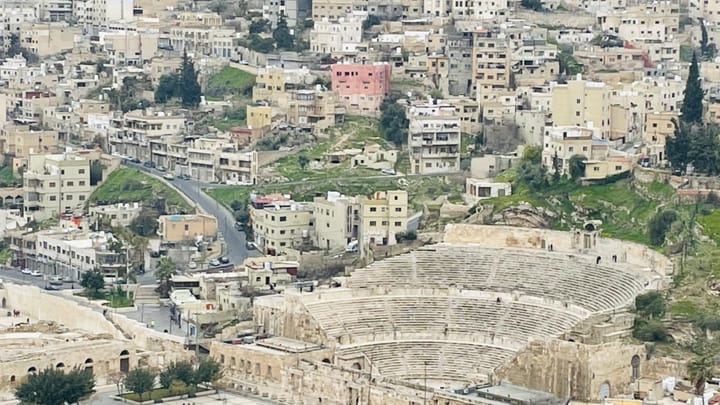Fertiliser: a commodity without borders?

In June 2006, the African Union (AU) declared fertiliser a “commodity without borders”. This was in response to the recognition that national borders – or more specifically non-tarrif barriers that businesspeople are faced with at the borders – were inhibiting private investment into fertiliser markets, which has a damaging effect on soils and on the productivity of African farmers, most of whom are small, subsistence farming women. This presents a huge challenge to government policy makers, legislators and regulators.
Fertiliser consumption in sub-Saharan Africa (SSA) has fluctuated considerably since 1980. Consumption showed an upward trend between 1980 and 1990 reaching around 1.5 million metric tons of nutrients per year (mtpy) in 1989/90. However, after 1990 the trend turned downward. Average fertiliser consumption in SSA decreased by three per cent, from 1.1 million MTPY in 1995/96 to one million mtpy in 2005/06. Total consumption did not change significantly between 1980 and 2005/06, averaging one million mtpy. However, fertiliser consumption in Africa has more than doubled since 2006. Total fertiliser consumption in Africa in 2012 had increased to about 3.2 million mtpy of nutrients or 1.8 per cent of global fertiliser consumption. Africa’s small share of global fertiliser consumption is a reflection of the small fertiliser markets, particularly in SSA. Out of the 44 countries in sub-Saharan Africa, only nine countries use more than 50,000 nutrient tons and ten countries use less than 10,000 nutrient tons.
Back in 2003, the AU adopted the Comprehensive Africa Agriculture Development Programme (CAADP), which reflects the recognition that agriculture is central to the alleviation of poverty and hunger in Africa. This programme provides a vision for African agriculture to achieve food security and improve productivity so as to reach an annual growth rate of six per cent, create dynamic agricultural markets, integrate farmers into the market economy, achieve more equitable distribution of wealth, be a strategic player in science and technology development, and practice environmentally sound production methods.
At the 2006 Abuja Summit on Fertiliser the AU “reaffirmed its commitment” to elevating agricultural productivity and increasing food security through the endorsement of a declaration aimed at increasing fertiliser use from the current average of eight kilograms per hectare to an average of at least 50 kilograms per hectare by 2015. The Abuja Declaration resolved that Member States and the regional economic communities (RECs) would reduce the cost of fertiliser procurement at national and regional levels. This would involve the harmonisation of policies and regulations to ensure duty and tax-free movement across regions and the development of capacity for quality control.
I have been working with COMESA (Common Market for Eastern and Southern Africa), ACTESA (Alliance for Commodity Trade in Eastern and Southern Africa) and the AFAP (African Fertiliser and Agribusiness Partnership) to promote the harmonising of fertiliser policies, laws and regulations across the COMESA region so as to facilitate fertiliser trade across borders and regions. The goal of the programme is to enhance regional trade in fertiliser and food staples, food security and incomes (i.e., integrate farmers into national, regional and international markets so as to enhance farmers’ competitiveness). Its objective is to reduce non-tariff barriers to factor mobility.
This week I am presenting an update of this work at the First Annual Conference of the East and Southern Africa Fertiliser Trade Platform (ESAF), which has been established to be the region’s premier focal point for fertiliser trade discussions, policy initiatives, business-to-business networking and development work. It promises to be an interesting conference involving policy makers, investors, private sector fertiliser producers, blenders and distributors, and practitioners.
The ESAF is a partnership between the public sector (COMESA), private sector and civil society that have an interest in Africa’s agricultural growth and shared prosperity by increasing food security, reducing poverty and hunger, improving farmer productivity, use of low cost fertiliser, and increased incomes. Its vision is to provide a platform for public-private dialogue and action to scale-up the commercial supply and distribution of fertilizer in the region. It’s mission is to enhance crop production and rural incomes by increasing smallholder access to less costly, appropriate, quality fertilizers in a timely manner through the creation, growth and strengthening of medium-scale fertilizer and agribusiness enterprises that provide an alternative to traditional subsidy programs.
Last year, when the COMESA Secretariat developed a work plan for regional harmonisation, the following principles to guide reform were agreed to:
- Creating a conducive environment for private investment into fertiliser production and distribution
- Strengthening governance and accountability
- Improving market integration through harmonisation
- Free movement of fertilisers
- Promote competition in fertiliser markets
- Promote fertiliser use as part of a broader, integrated agriculture development strategy
- Invest in consumer education and build demand
- Truth-in-labelling
- Recognition of international standards
- Reduce market distortions
- Invest in public goods
- Participation and information
- Public-private dialogue
- Pro-poor and inclusive development
- Environmentally responsible fertiliser use
One of the biggest challenges in this work is to get all 19 Member States to agree to reforms that will open their markets and increase competition. Many of these governments have maintained a strong control over their fertiliser markets, in some cases for good reason. They have been concerned about the incorrect use of fertilisers and the effect this might have on farmer livelihoods. However, the evidence is clear that these systems have not worked. Soil depletion is significant across the continent and productivity levels are very low. Improving fertiliser use is not the single answer to these problems, but it is a signifiant one.
Increase the correct use of fertiliser – both organic and chemical fertiliser – requires national policy and legal frameworks that promote increased private sector investment into these markets. Currently, the lack of consistency in these frameworks and the presence of many investment and business environment barriers restrict regional trade and market development. A critical focus of COMESA’s harmonisation efforts is to create a framework that all Member States can adopt and ensure their national policy, legal and regulatory instruments conform to. This should include policies that shape the design and implementation of subsidy and procurement programmes, where they exist.
Another major challenge is the harmonisation of fertiliser standards. Standards are an important means of building confidence in the market. They ensure a product is presented truthfully and at a recognised quality so that customers can be sure about its content. However, a key barrier to fertiliser distribution across the COMESA region is the high degree of variation found in fertiliser standards. The region contains a proliferation of standards that fertiliser importers and exporters, producers, blenders and distributors must comply with. New products are constantly being developed to match soil and crop needs and there is a need to ensure a harmonised approach to standards includes regionally consistent processes for defining and registering new products.
Finally, there is a great deal of interest across the region in establishing a financing mechanism that supports the development of the fertiliser sector. This responds to the Abuja Declaration’s call for financing facilities for input suppliers to accelerate access to credit at the local and national levels, with specific attention to women, and the establishment of an Africa fertiliser development financing mechanism. Such a mechanism could increase the purchasing power of farmers and agro-dealers, while boosting private investment along the fertiliser value chain and mitigating risk (e.g., guarantee funds).


